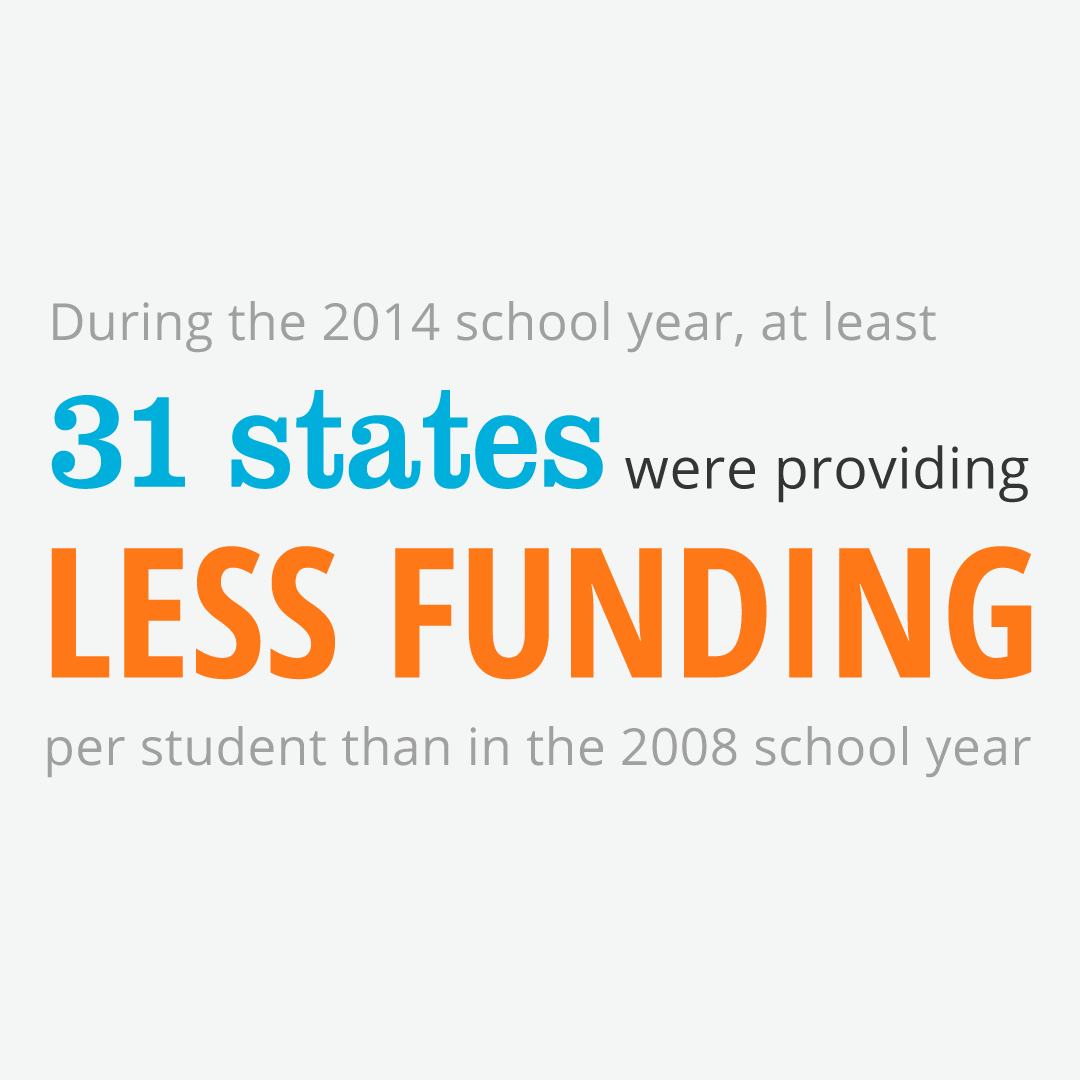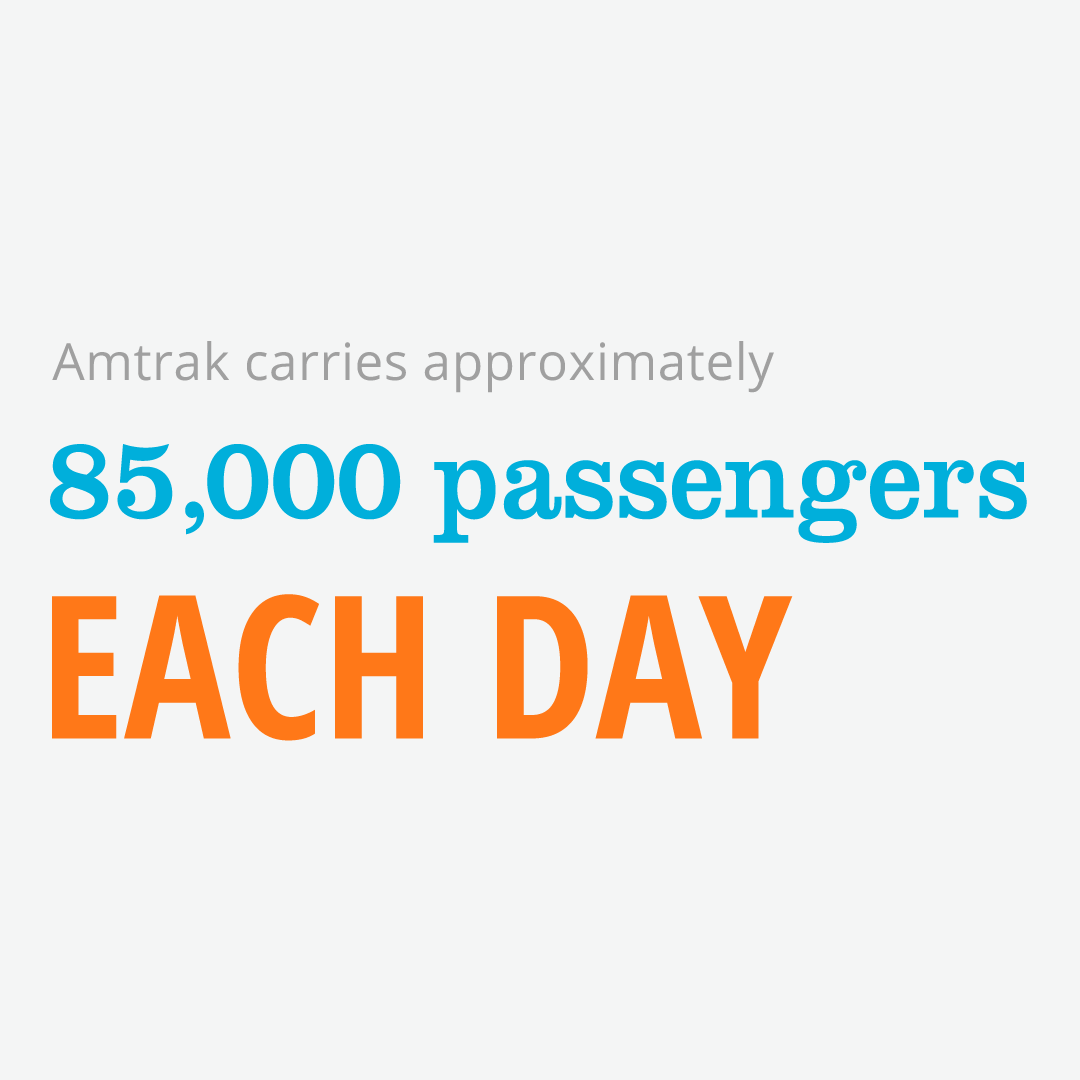With the impending expiration of the FAST Act on September 30, the American Society of Civil Engineers released new data on transit systems, roads, and bridges, showing that the current transportation system investment trends are unsustainable, producing dire consequences for the American people and the economy. The cumulative investment gap between what we are currently spending and what we need to spend to decrease congestion and maintain our assets in a state of good repair is approximately $5 trillion in 2019 dollars.
If industry costs are passed onto consumers, cost per household could be as high as $12,500 over 20 years, or $625 dollars per year — which is around seven weeks of groceries for the average American family. Over time, the effects with keep on packing. Losses to households and industries will amount to $677 billion over the 2020 -2029 period and $1.3 trillion during the 2030-2039 decade. The U.S. stands to lose jobs in several key industries because of inefficiencies in the surface transportation network. Collectively, professional services, manufacturing and health care sectors are expected to lose more than 540,000 jobs by 2040.
The future of the transit sector looks bleak, according to the findings. These preliminary findings in the report estimate a current backlog of $176 billion for transit investments, considering the vehicles, facilities, and track that are already past their useful lives. That amount is expected to grow to nearly $500 billion through 2039 as existing assets age, and if transit capital investment is maintained at the current real level of funding. The largest gap is in the Mid-Atlantic region and Great Lakes region.
On roads, the funding gap required to rehabilitate pavement and make other operational condition improvements is $12 billion annually, or nearly $238 billion over 20 years. In other words, spending on highways must increase 29 percent over current spending levels to address the current backlog and anticipated future backlogs.
The cost of continuing to inadequately support America’s surface transportation system, if left at current levels, take the form of higher costs of doing business and less disposable income for households. This burden compromises America’s competitive position in the world’s economy, when then leads to lower overall profitability for most business sectors.
Read the preliminary findings here. Full report will be released later this year.
About the report:
This analysis is about the effect that transportation deficiencies have, and will continue to have, on U.S. economic performance. It quantifies the existing gap between what we are spending on bridges, roads, and transit systems, and what we need to be investing to get the systems to a state of good repair. Subsequently, the report extends these trends out to 2039 to explore how underinvestment stands to impact everything from personal household income to our overall economic competitiveness.
This report utilizes the University of Maryland’s LIFT national macroeconomic model of the U.S. economy to arrive at the long-term economic impacts of underinvesting in our transportation infrastructure. The analysis relies on baseline data that predates the COVID-19 pandemic. Data sets and economic models generally lag one to three years behind the present, to allow for data collection, validation, and publication. As a result, economic modeling does not yet account for COVID-19 impacts. Also unknown is the extent and permanence of pandemic-related changes to commuting trends and travel behavior, goods movement, and the long-term impacts to user-based transportation revenue streams.
Failure to Act is structured around five reports that assess implications for the productivity of industries, national competitiveness, and effects on households given the present trends of infrastructure investment. Together these reports review nine of the 15 categories addressed by the ASCE Report Card.
This report covers Surface Transportation, encompassing highways, bridges, rail and transit. Other Failure to Act reports address: Water, Wastewater & Stormwater Delivery and Treatment; Energy Transmission; Airports and Marine Ports/Inland Waterways.























































